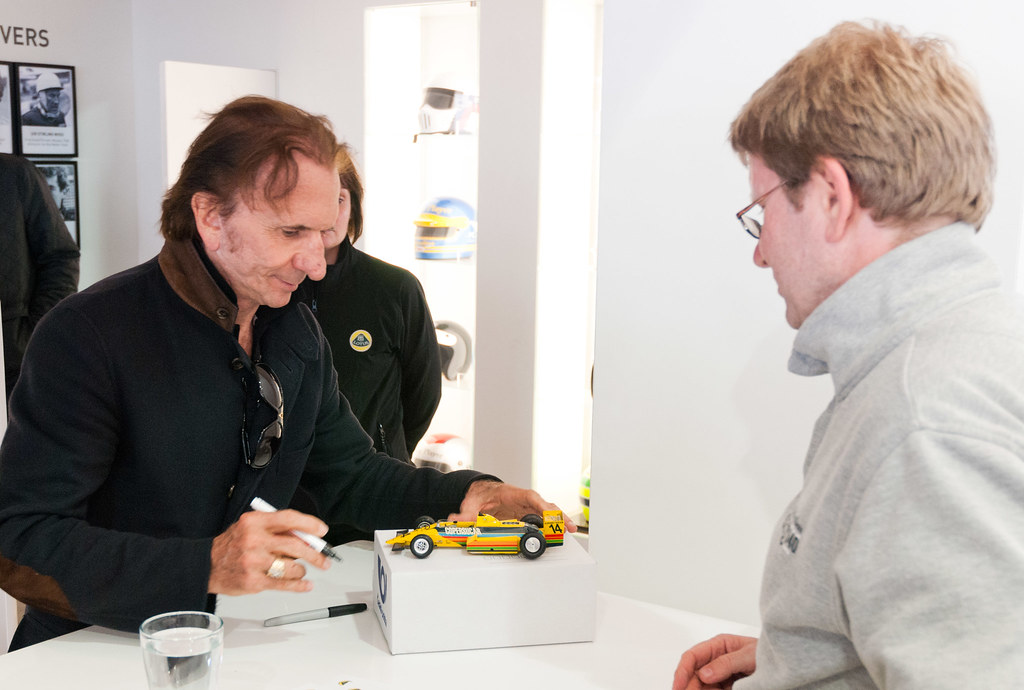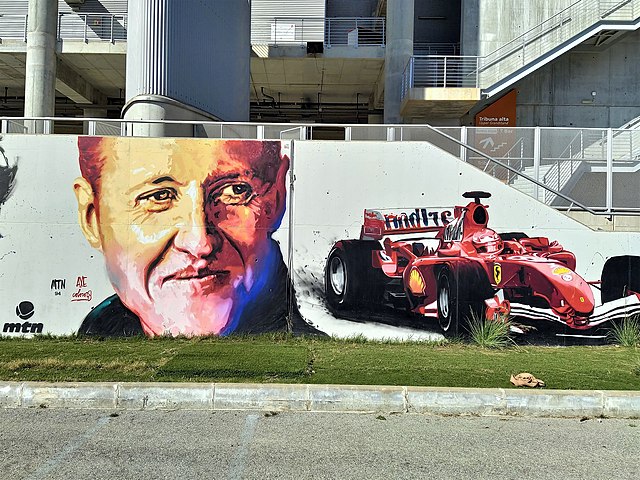1972 season in Formula 1: It's time for the young!
In the history of Formula 1, the year 1972 is considered revolutionary in terms of the development of the sport. After the series of terrible accidents, for several seasons the management of the most elite car championship has been looking for a way to ensure the safety of the drivers during a race. The 1972 season was the first in which many of the problems were resolved. All 12 starts on the calendar are held under the same track requirements. Thus, all hosts are obliged to provide conditions that reduce the risks of possible accidents with a fatal outcome.
Outside of the organizational innovations, 1972 was also the year in which Emerson Fittipaldi's star rose. The Brazilian is uncompromising in five of the starts. Thus the Lotus driver won his first world title in Formula 1, leaving the far more experienced and titled Jackie Stewart and Danny Hulme second and third respectively. Fittipaldi's sensational success in the battle for the most prestigious trophy in motor sports is made even more impressive by another fact. With his modest 25 years, the Brazilian also becomes the youngest champion in the history of Formula 1. As far as the constructors' standings are concerned, the Lotus team is unsurprisingly above all. With their innovative thinking, systematic technical improvements and the serious investments they make, the British once again prove that they are dominant in sports.
The 1972 season also debunks a myth. Fittipaldi's appearance on the Formula 1 scene in the championship ends the trend of young drivers being underestimated. For comparison, in the first years of Formula 1, the average age of the pilots was over 30 years, and not a small part of them competed until an older age.




